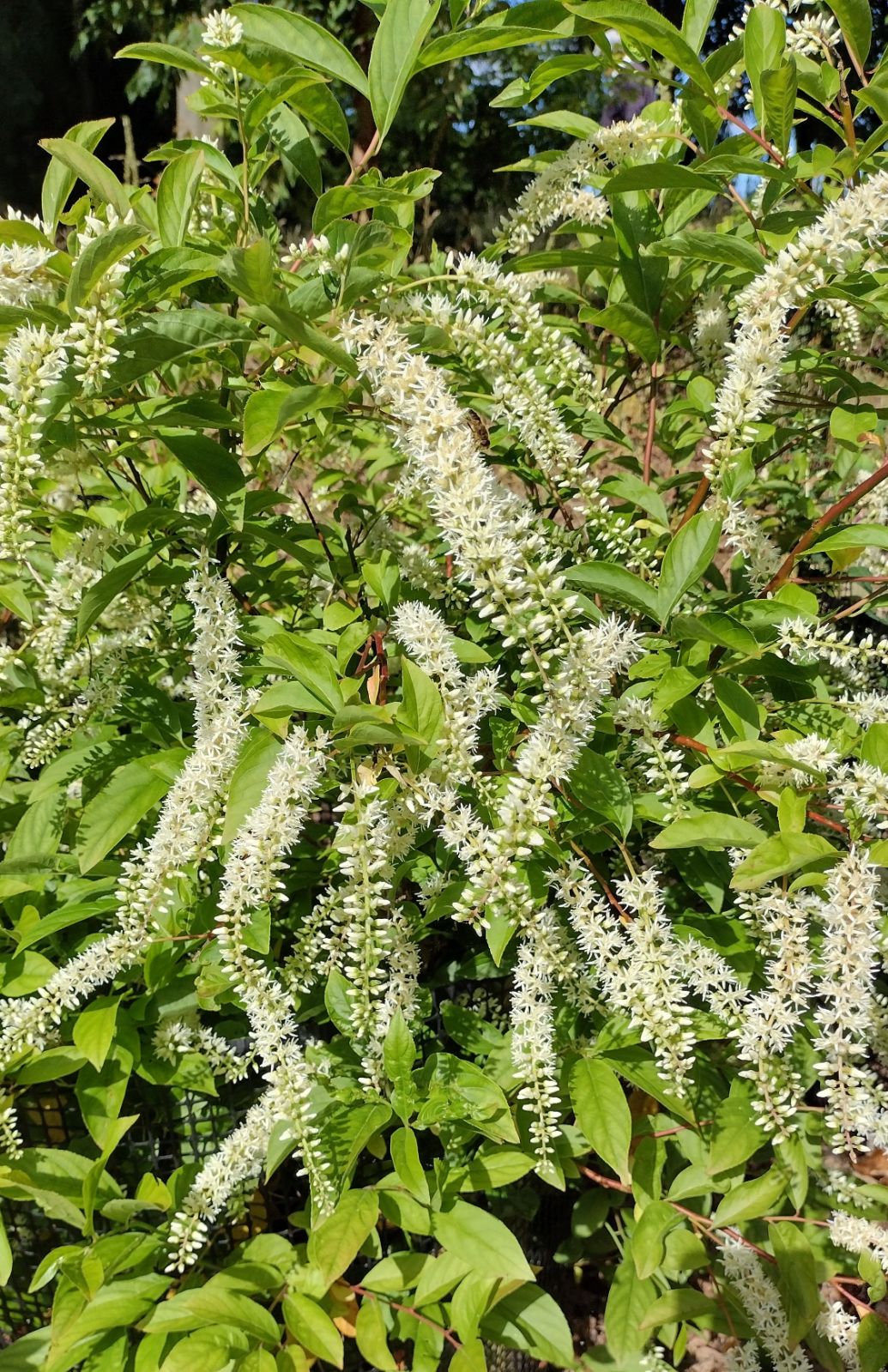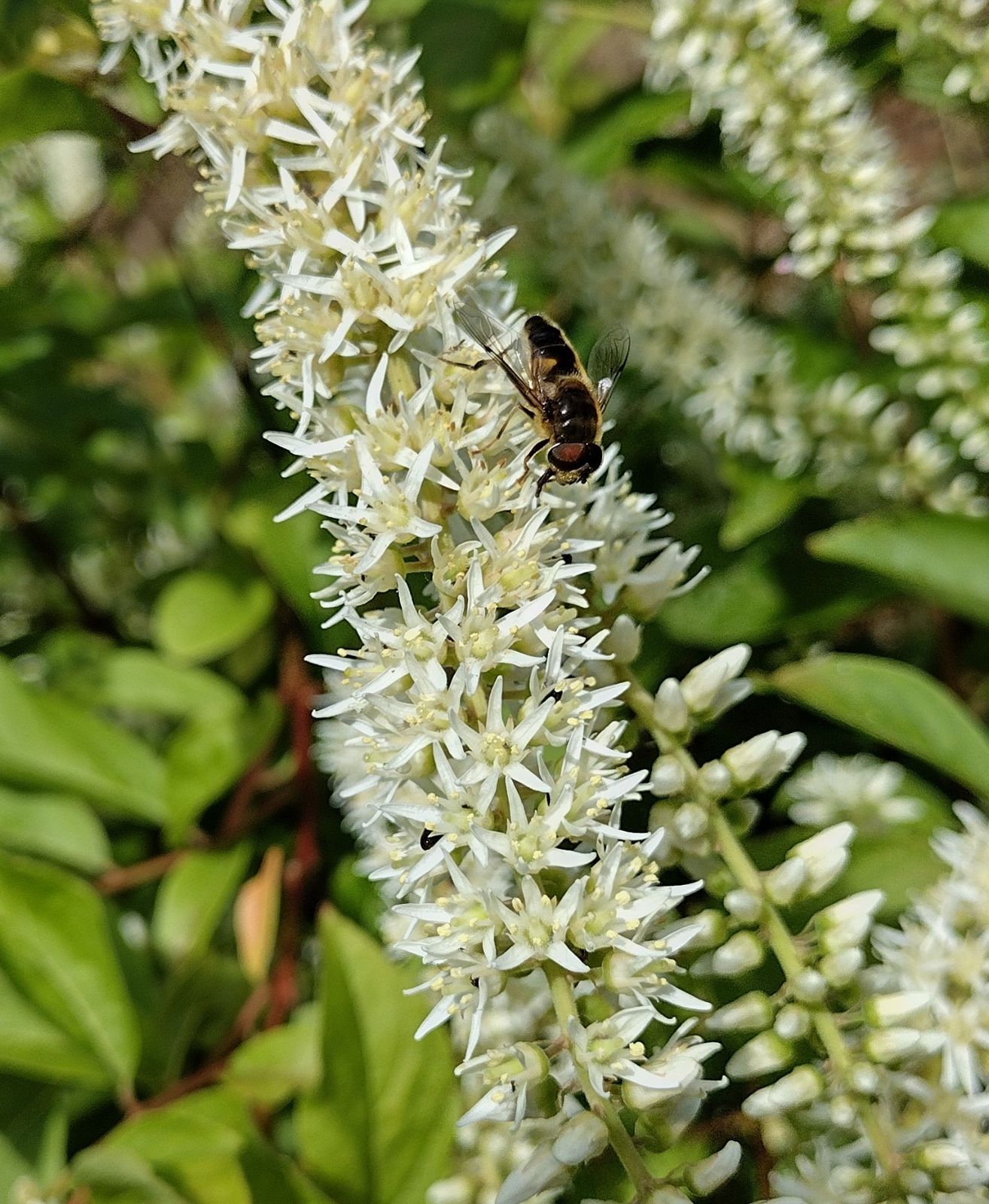Itea virginica
Credits
Article from Bean's Trees and Shrubs Hardy in the British Isles
Recommended citation
'Itea virginica' from the website Trees and Shrubs Online (treesandshrubsonline.
Genus
A deciduous shrub 3 to 5 ft high, with erect, glabrous clustered stems, branched only towards the top. Leaves narrowly oval or oblong, tapering at both ends, 11⁄2 to 31⁄2 in. long, 3⁄4 to 11⁄4 in. wide, bright green and glabrous above, paler and slightly hairy beneath, chiefly on the midrib and veins, margins set with fine, regular teeth; stalk 1⁄8 to 1⁄4 in. long, downy, grooved on the upper side. Flowers fragrant, creamy white, 1⁄3 to 1⁄2 in. across, produced very close together on slender, erect, cylindrical, downy racemes 3 to 6 in. long and about 5⁄8 in. through, terminating short, leafy twigs; each flower is on a downy stalk, 1⁄8 in. long. Petals narrow, 1⁄4 in. long; calyx downy, with five linear, pointed lobes half as long as the petals. Seed-vessels brown, dry, 1⁄4 in. long, downy. Bot. Mag., t. 2409.
Native of the eastern United States, usually affecting moist places; introduced in 1744. This is a pretty shrub, and useful in flowering during July. The leaves often remain on the plant until December. It sends up its erect, slender stems one summer, which branch copiously near the tip the next, each twig producing a raceme at the end. It may be increased by means of cuttings made of moderately ripened wood in July or August, and given gentle heat; but for ordinary garden purposes division of the old plants is quicker and usually sufficient. Pruning should consist of entirely removing sufficient of the older stems to afford light and space for the young ones, by means of which the plant is continually renewing itself from the base. It loves a good soil and abundant moisture.


